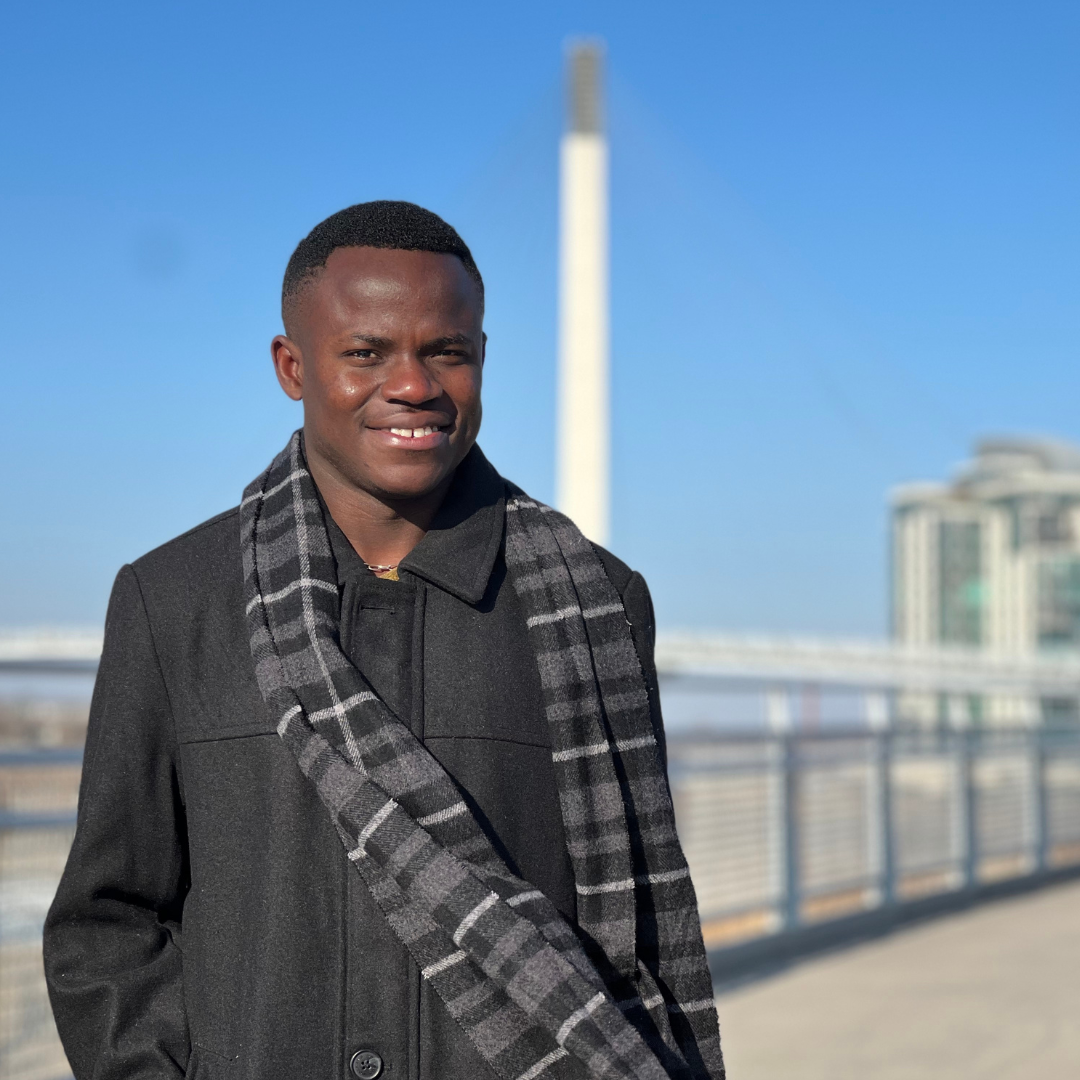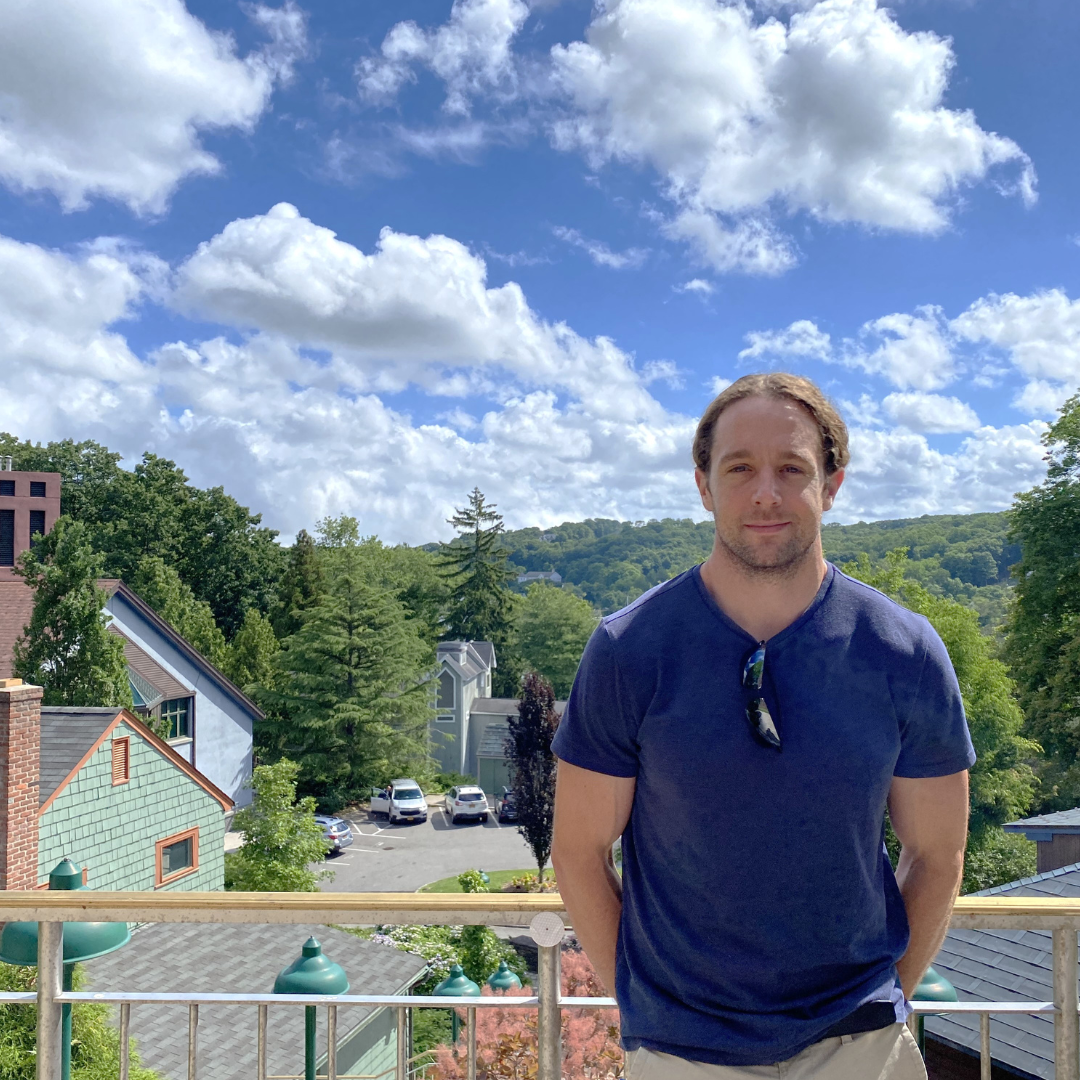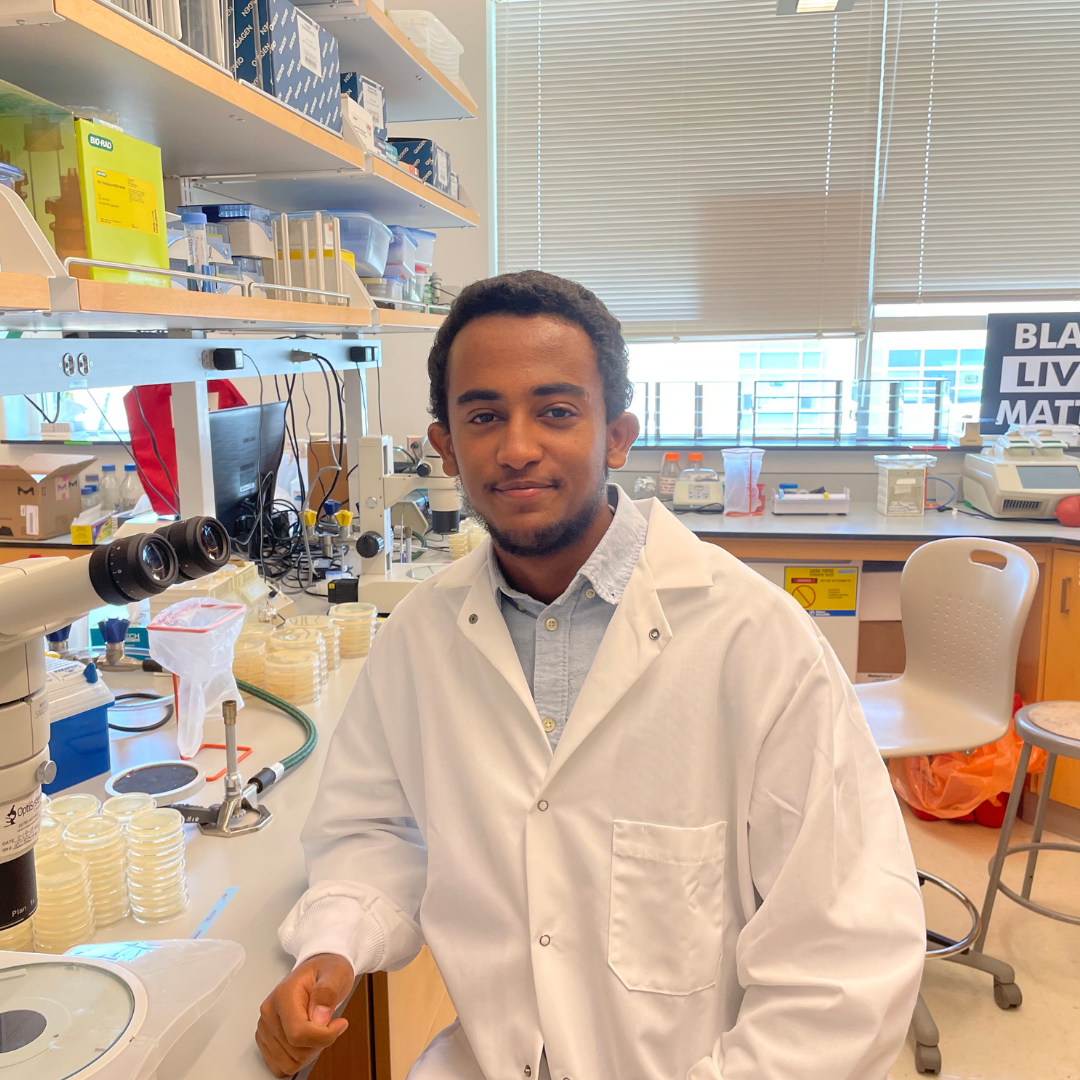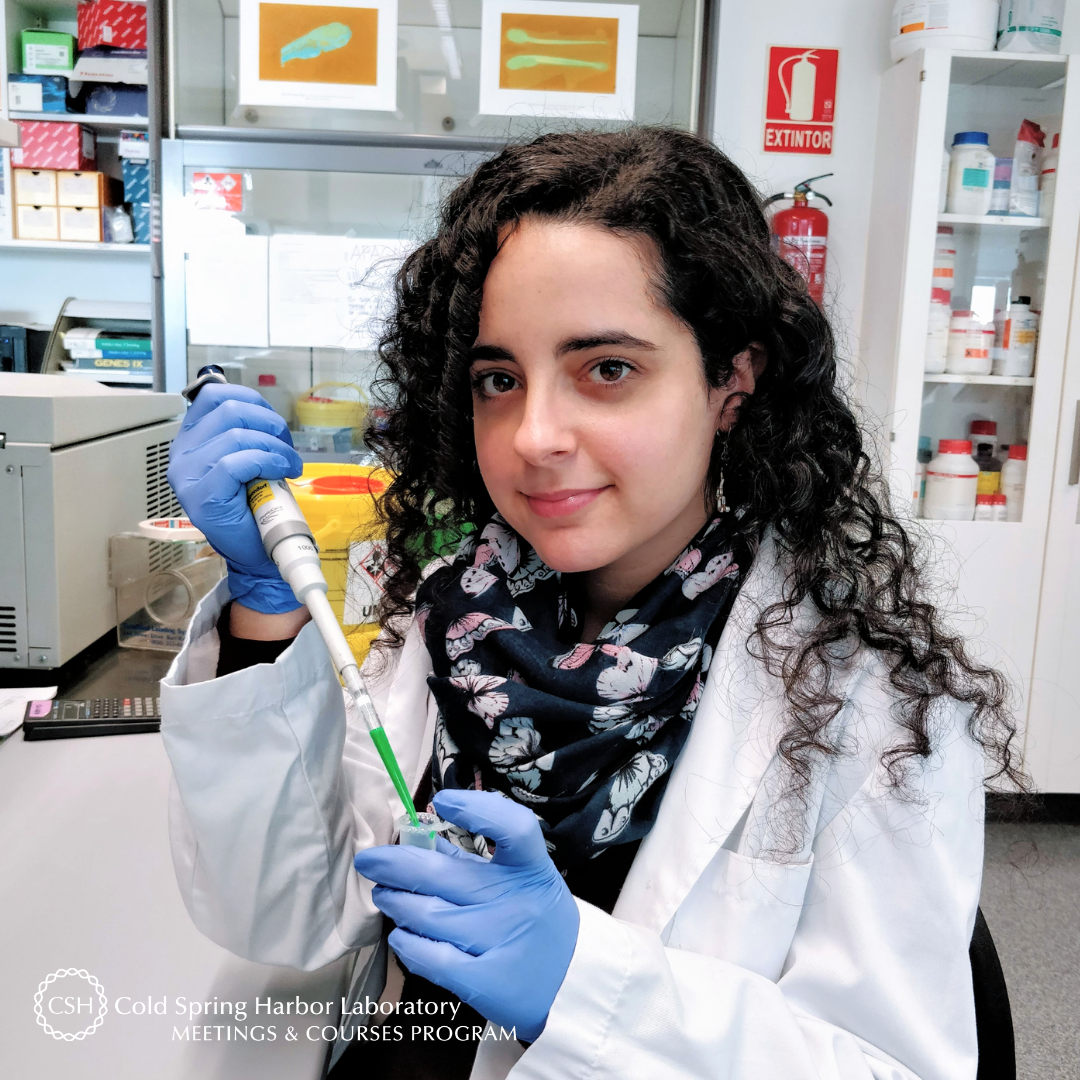Meet Miguel Berbeira Santana of the University of Oxford (United Kingdom)! The first-year PhD student in Elena Seiradake’s lab within the Department of Biochemistry where they use Structural Biology and Cell Biology to understand how some proteins function in different contexts such as brain development or cancer. Miguel is with us for his first CSHL meeting -- Molecular Mechanisms of Neuronal Connectivity – where he presented a talk titled “A combinatorial code in brain development- What do we know about Latrophilin, FLRT, Unc5 and Teneurin in cortical development?” This is his first oral presentation at an international conference and “it went pretty well. [He] received extremely good questions [and] despite being super nervous, [Miguel] enjoyed the experience and…would gladly repeat it.”
Tell us about your research.
My research focuses mainly on elucidating how brain receptors, such as Teneurin or Latrophilin, interact with each other in a myriad of ways to direct brain development and neuronal connectivity. We use X-ray crystallography to determine their atomic structure and how they bind, and then use the information acquired to guide our cell-based studies. We go all the way from the atomic arrangement of the proteins to their function in the brain.
How did you decide to focus on this area/project?
During my undergrad years I became more and more interested in how the brain functions in health and disease. But something that I always found fascinating was how neurons know to make millions of connections at the same time without getting confused. Neurons use cell adhesion and guidance receptors to make these connections. As they only have a small repertoire of molecules that specify the connections, there has to be something else that helps. Recent studies point out that there is indeed a combinatorial code, in which several features of the proteins help them to create a high number of possible combinations with just those molecules. I find this amazing, as if neurons were intelligent themselves!
What and/or who is the inspiration behind your scientific journey?
I always wanted to be a historian and never thought of science as a suitable career for me and in fact, dreaded math and science. But in high school I had two splendid teachers who -- I will never forget and I will always thank -- taught me Biology and Math with such passion and so well, that I decided to give the subjects another chance the next year. One year became three and, later on, I went to University to study Biomedical Sciences; and today I am in the process of becoming a scientist. Who would have thought! Though I have to say that I have not yet given up on a degree in History!
What impact do you hope to make through your work and where do you see yourself in five years?
I do hope that my research helps to unveil some of the mysteries that surround brain development and synapse formation. If we are able to understand how these processes work in their basic form, we might be able to then tackle some of the diseases that affect them. I will be really happy for the day we know how such the brain develops from a few cells to the majestic structure that is when fully developed. But I would say there is still a long way ahead of us, if I am to be realistic.
Where do you see yourself in five years?
In five years, I would love to see myself happily doing a postdoc in a lab that also studies proteins related to the brain in health and disease. Perhaps having to do with Alzheimer´s disease (AD) or any other neurodegenerative disease. I have done some AD research previously and enjoyed it a lot, and would love to apply all that I am learning in my PhD to that field!
What do you love the most about being a researcher?
First and foremost, I would say doing experiments in the lab. Who does not like to do experiments?! The process of focusing on an experiment and forgetting about everything else is one that I find relaxing. I really love preparing protocols and I get excited when I have new ones to learn. Also, I enjoy thinking about the results and trying to make something coherent out of them. I always say that experiments are in a way pretty similar to cooking and doing a puzzle! Lastly, I like being exposed to new knowledge, and having to update my knowledge every single day is what makes this process much more enjoyable and intellectually fulfilling.
What drew you to attend this meeting?
I have heard of it extensively in the past and everyone always highlighted its quality. Those I know who have attended always talk about the fantastic research presented and I wanted to take part in it myself. As we had some data to present, we jumped at the opportunity and sent an abstract. Not all neurobiology conferences have a dedicated session to Structural Biology research, and it is greatly appreciated that this does.
What is your key takeaway from the Meeting; and how do you plan to apply it to your work?
During the conference, I could not stop thinking about the enormous amount of different techniques and fields that were being presented. Due to the complexity of what we are studying we need different points of view and ways to tackle them -- even when we are trying to solve a specific set of questions. Moreover, we do not have the time, resources or background knowledge to try to do everything by ourselves! So, the main takeaway would be to collaborate with other scientists because we all need each other to advance science!
What feedback or advice would you share with someone considering to participate in this meeting?
We are all here to discuss new scientific discoveries. Do not be shy and ask all the questions that you want -- people are super nice, and they will be grateful that you are interested in their work -- and in the virtual meeting format as this was, this is even easier to do because you just have to drop a message or email. Also, try to give yourself some time to go through all the posters and contact the presenters. And do not forget to stretch and drink water from time to time, you do need to rest from being in front of a computer!
What’s the most memorable thing that happened during the Meeting?
I found the quality of the speaker and poster selection and the smoothness of the talks’ virtual presentation to be fascinatingly fantastic. . The NIH Brain initiative talk by John Ngai was extremely interesting and noteworthy as well. And on a more personal level, I will never forget the moment I finished giving my talk! It was a great opportunity to discuss our work in front of a large panel of neurobiologists (and other scientists) and exchange ideas with them.
Thank you to Miguel for being this week's featured visitor. To meet other featured researchers - and discover the wide range of science that takes part in a CSHL meeting or course - go here.






























